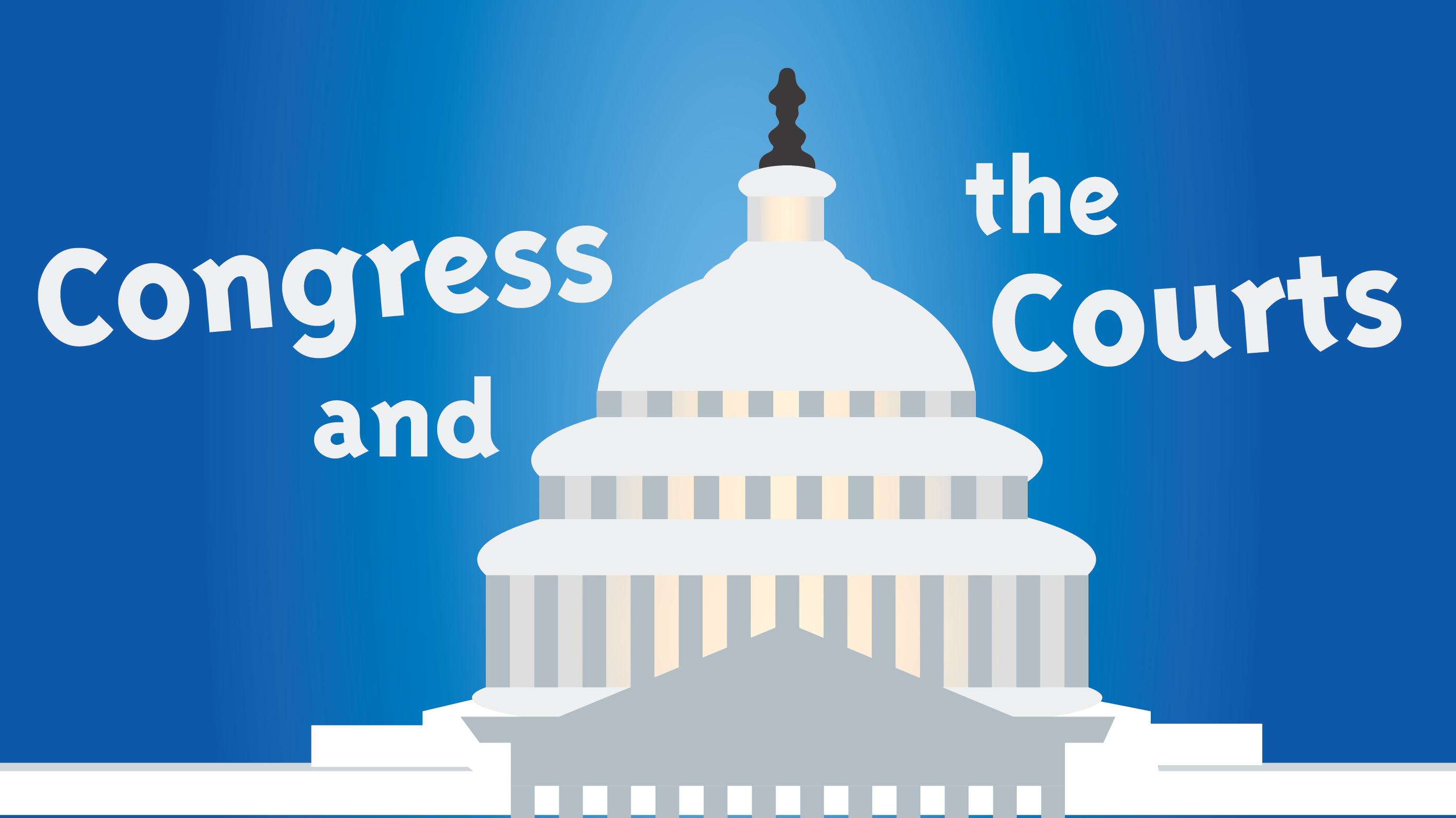
As midterms approach, gender gap widens
By: Connor McNairn, Columnist
With the midterm elections approaching Nov. 6, pundits are hard at work analyzing polling results and predicting potential outcomes in what might be the most important election for this generation. If the 2016 elections taught the nation’s foremost political authorities anything at all, it was likely that polling data (which gave Secretary Hillary Clinton major statistical advantages) are not necessarily rooted in certainty. Trends in polling, however, help voters, donors, major political operatives and candidates deduce broader realities and motivations that exist among the American populous.
One such trend that is sure to galvanize election outcomes revolves around a growing gender gap and the prevalence of female candidates in 2018.
In May, I authored a column that focused on the record-setting number of women candidates in 2018 and how they compared to candidates in 1992, or the “Year of the Woman.” Now that the midterm elections are just a little under two weeks away and early voting has started in a number of states, it is necessary to not only reiterate the number of women candidates who are seeking office, but also to analyze how an increasing gender gap might inform voters’ decisions.
The growing divide between men and women’s voting preferences has increased on all fronts since Donald Trump was elected president. In 2016, voters went to the polls amidst a series of sexual assault allegations levied against Donald Trump. Following his election and the historic Women’s March that took place just one day after Trump’s inauguration, the number of voters who were originally motivated by “#MeToo” sentiments have grown substantially.
In fact, according to a Reuters/Ipsos poll, women, specifically college-educated women, are far more enthusiastic about voting in the 2018 midterm elections than they were in 2014. What’s more, they are also far more motivated than men.
But #MeToo’s increasing publicity and legitimacy is not the only variable pushing political action among women in 2018.
Trump and congressional Republicans have pontificated about recent low unemployment rates, revised tax law and overall economic prosperity. But according to a recent New York Times survey, men – perhaps unsurprisingly – are feeling far more confident about financial health than women; in fact, 47 percent of men reported financial improvement for their families within the past year, while only 30 percent of women agreed.
Statistically, women have voted at far higher rates than men for decades. And, as they grow increasingly disenfranchised by the political status quo in realms both social and economic, the ramifications for Republican officeholders appear far more dire than those for Democrats.
Increased activism among women in politics trends favorably for Democrats, both in terms of voting and running for office.
That said, these trends do not historically serve as the rule, as similar upticks in light of the Anita Hill grilling in 1991 and the Year of the Woman in 1992 proved short-lived.
Nonetheless, as the midterms draw closer and a record-breaking number of women candidates fill the ballots, the course of this country’s politics will be significantly altered. Moreover, such alterations will spell greater gains for Democratic candidates, as the Republican Party has been historically incapable of courting the female vote.

